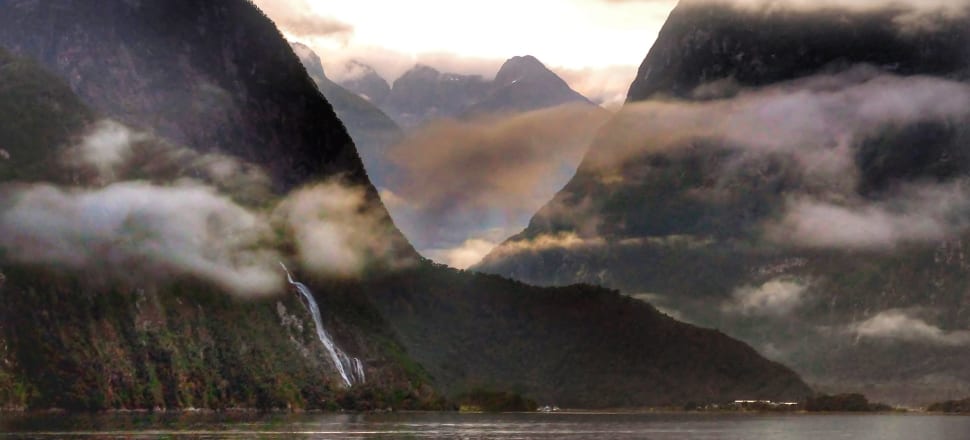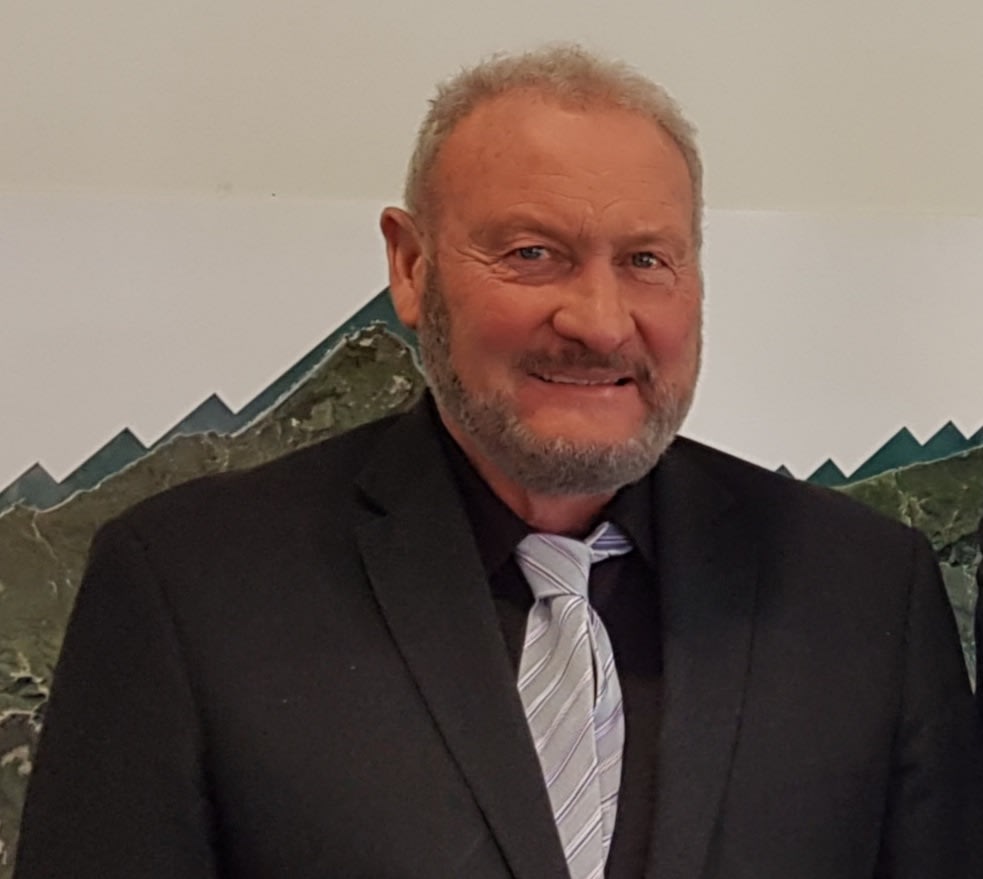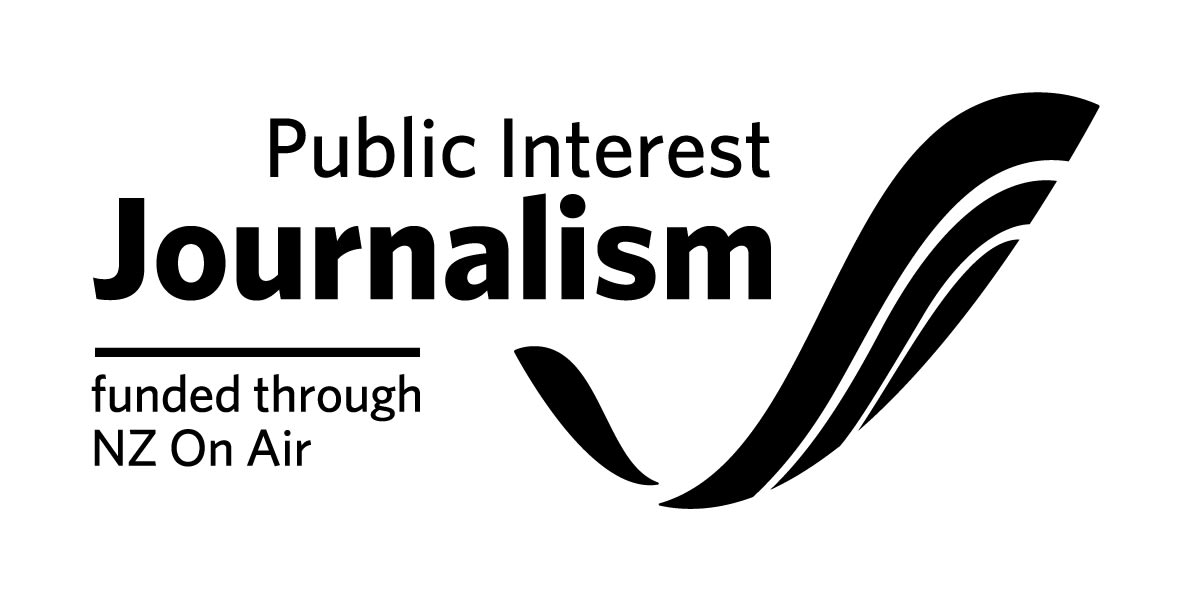
As a rural pressure group decries a move towards the “state takeover of private land”, West Coast Māori say the inflammatory letter causing the kerfuffle shouldn’t have been sent
West Coast iwi leaders are urging landowners not to panic over council letters telling them their properties contain sites of significance to Māori.
The letters sent to 1500 property owners from Karamea to Haast say new rules regulating everything from Māori sites to heritage and biodiversity areas now have legal effect under the combined West Coast district plan notified this month.
But the missives from the so-called One Plan committee don’t say what the sites are, where they’re located on a property or why they’re important to Māori.
They fail to explain any new rules that might potentially apply.
And a website link in the letter, intended to take owners to a map with specific information, didn’t work.
False alarm
Ngāti Waewae chair Francois Tumahai says the letters have caused needless alarm and shouldn’t have been sent.
“We’ve had people ringing [iwi offices] to say ‘does this mean I can’t build a shed?’ and some think iwi will want money for these sites - it’s been crazy.
“What we want people to know is nothing changes. Having a site doesn’t stop you doing anything, and it’s not about royalties or anything like that.”
Under national planning standards, councils must identify sites of significance to Māori in their districts, and Poutini Ngāi Tahu (West Coast iwi) have done so for the new plan, Tumahai says.
“There are 216 sites from Milford to Kahurangi Point in the north that are important for manawhenua and some are on private property.
“There are old pa sites, mahinga kai sites, old urupā - places that figure in our history. This is just for your information as a landowner; it doesn’t restrict you. And if you did have an old burial ground on your land, wouldn’t you want to know that?”
Many significant sites are in Greymouth, where much of the Mawhera Māori land is leased to businesses.
But residents at Arahura Pā had received letters as well, leaving them as mystified as pakeha property owners, Tumahai says.
Information lacking
Tumahai and Makaawhio runanga chair Paul Madgwick, both members of the One Plan committee, had expected letters to affected property owners would provide detailed information and access to working maps online, Tumahai says.
“But they didn’t. The information wasn’t there; the maps didn’t align and on top of that the website crashed because everyone rushed to it. We can fully understand the alarm that’s caused. Paul and I have been tearing our hair out.”
Landowners worried about a site significant to Māori can ring the local runanga, Tumahai says.
“They’ve already been doing that, actually.” He intended visiting one caller, a Barrytown resident concerned he would be unable to put a shed on his property, to reassure him.
The debacle will be fixed and a fresh set of personalised letters will be sent shortly, Tumahai says.
Meantime, the communications blunder has fanned the flames of unease of objectors to the influence of central government on rural councils and nervous about what co-governance with Māori might mean.
“The state takeover of private land accelerates”, thundered rural lobby group Groundswell this week.
Compensation concern
It said the West Coast property owners had been told “out of the blue” that their properties had been “zoned for takeover by state control … with immediate effect”.
“In taking this draconian action, councils have now turned anything of cultural, historic or natural value into a liability … with no compensation for a loss of use or a drop in property values.”

West Coast Regional Council chair Allan Birchfield agrees.
Although the council has a mana whakahono ā rohe agreement to work in partnership with manwhenua, the new rules go too far, he says.
“I didn’t realise how many sites would be involved at the time we were working on the plan. I thought they [iwi] were wanting to protect burial sites and so on. And fair enough, you wouldn’t want to build on those, but now they’ve listed all these other sites as well - it’s too many.”
In contrast to Tumahai’s assertion that nothing will change for landowners, Birchfield says they inevitably will.
“To develop one of these sites, you’d need resource consent and sign-off from iwi, so it’s not without consequences.”
The proposed Te Tai o Poutini district plan was notified this month, with submissions closing at the end of September.
Made with the support of the Public Interest Journalism Fund








